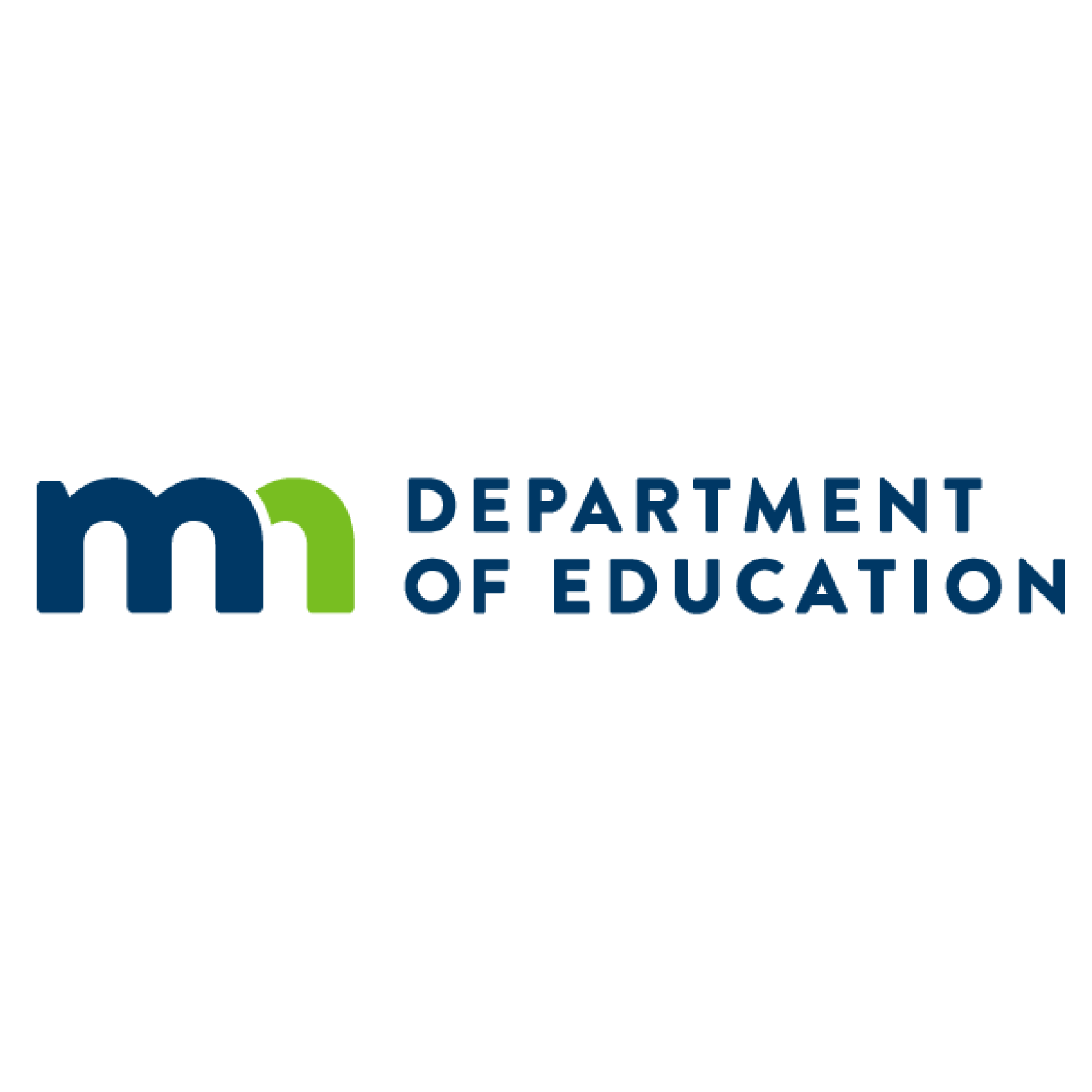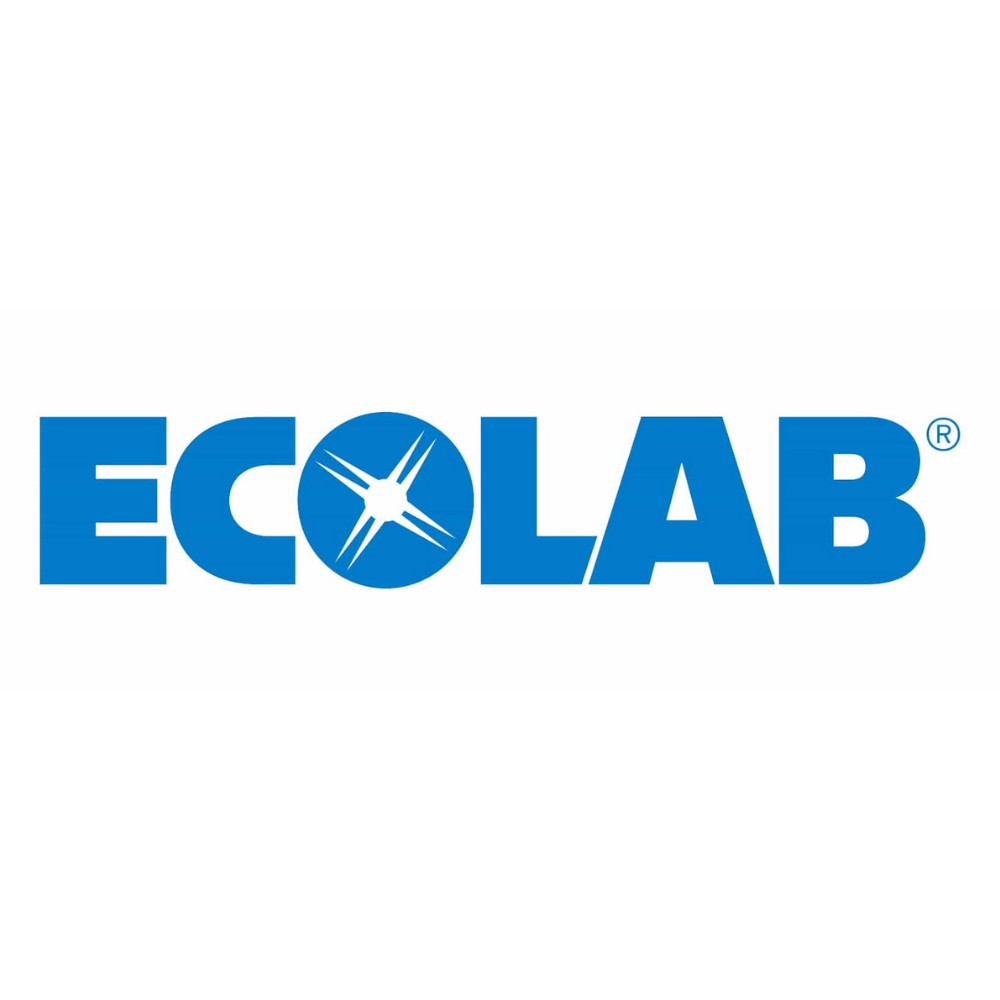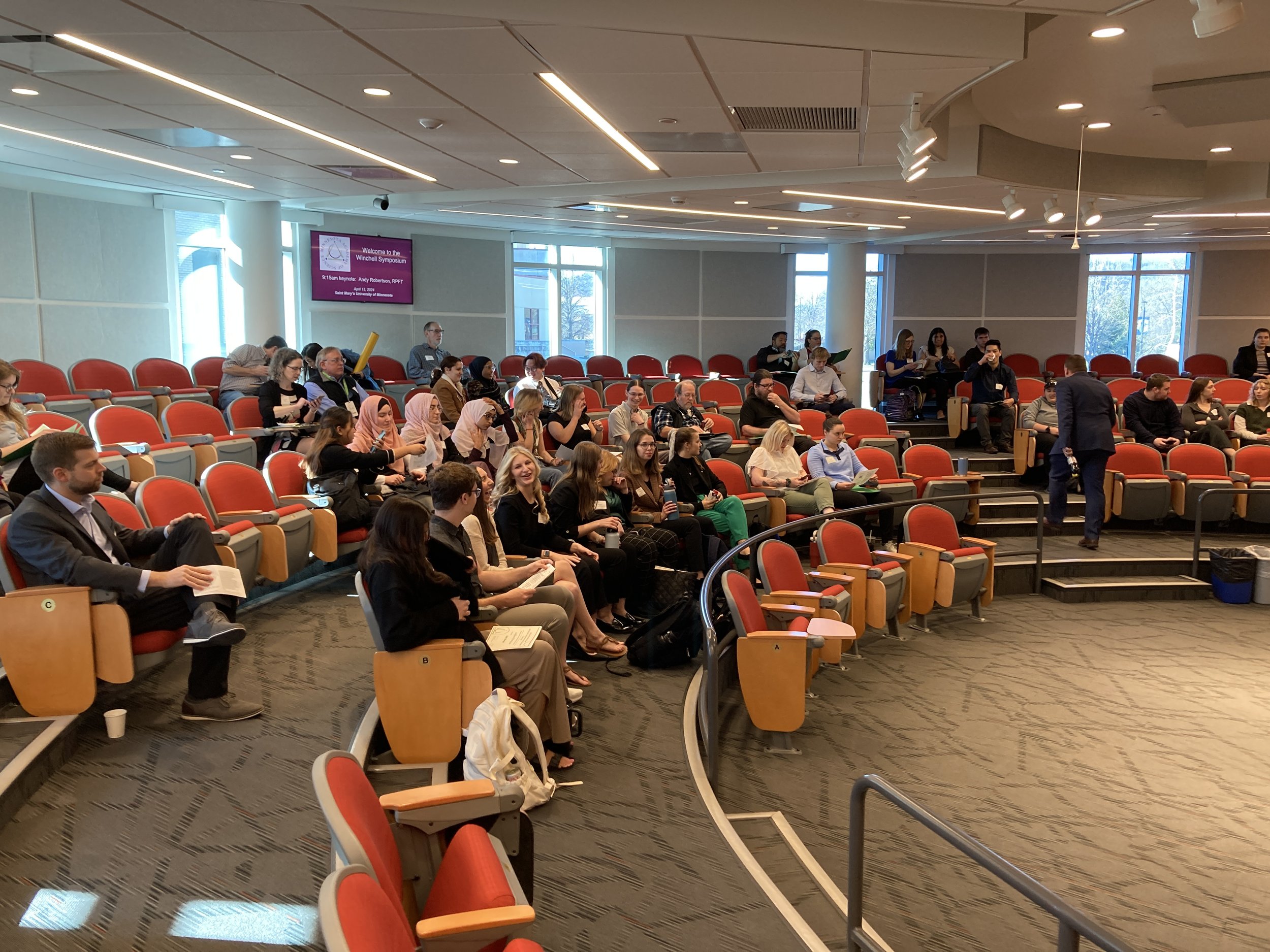by Ariana A., High School Junior
Science is fascinating indeed! Its magic consists in sparking and sustaining human curiosity, and advancing our civilization through its amazing discoveries. The human brain is the most complex “machine” that controls our entire body, our emotions and our behavior as well. I find behavioral neuroscience captivating and intriguing. It involves studying how the brain influences behavior and finding therapies that can help people lead better lives, and therefore has a real impact on our society.
As high school students, summer vacation is our time to relax, travel and spend time with family and friends, but also a time to explore academic interests and possible future careers. Academic summer programs offer the chance to challenge ourselves, gain experience and knowledge in a field we might want to pursue, meet professors and like-minded students who share our interests, and form connections and friendships.
Universities offer some of these programs for free during the Summer and school year as well. I am grateful to have found and participated in such programs and would like to share this information for students who might be interested.
1. Young Scientists Program (University of Minnesota)
The Young Scientists Program was founded by Professor Melissa Koenig of the Institute of Child Development (ICD). It offers a great learning experience in scientific research by assisting teens in creating their own research projects based on their interests. Students learn about research design, data collection, and analysis. It pairs ICD PhD students and professors with groups of middle and high school students. It is offered during the school year (September to May). The time and energy spent by both the mentoring students and the teens is reflected in the final presentation of the projects to teachers, peers, and families. To learn more, contact the program via email.
My experience with this program was wonderful. I gained valuable skills and increased my interest in research and psychology. I greatly appreciated the experience with a mentor, as well as the opportunity to choose an interesting idea for a project, research it, and feel like a real scientist.
The topic I chose regarded parenting styles and their effect on children emotional intelligence. Parenting is one of the primary influences on child development, as proven by extensive research and pertinent literature on this topic. Our study consisted in surveying high school students using scientific questionnaires, collecting the data and analyzing the results. My favorite part of the program was being able to work with people that are passionate and knowledgeable in this field and investigate a topic I have always been interested in.
At the completion of the program, following Dr. Koenig’s suggestion, I continued my research in my topic of interest. I wrote a literature review article entitled “Parenting Styles and Their Effect on Child Development and Outcome” that was accepted for publication in the Journal of Student Research.
2. Go4Brains (University of Minnesota)
Go4Brains is another great free educational opportunity for high school students. It is a week-long program offered by the Department of Neuroscience at the University of Minnesota for high school students from backgrounds underrepresented in STEM. It offers engaging neuroscience learning activities, basic career and experimental skills, and mentoring connections with faculty and students.
3. Stanford Neuroscience Journal Club
The Stanford Neuroscience Journal Club is another wonderful free learning opportunity that I am grateful to participate for the second year. This program was initiated by Dr. Odette Harris from the Stanford Department of Neurosurgery. She is an outstanding neurosurgeon and faculty member at Stanford University. It has been such an amazing opportunity for me to interact and learn from Dr. Harris. She is very passionate about sharing her excitement and knowledge of neuroscience with high school students around the country and lead the next generation of neuroscientists.
This program mentors high-school students in the critical analysis of a scientific paper. The once-per-month meetings offer students the opportunity to read and discuss scientific literature with expert Stanford scientists. An article from a scientific publication is selected and reviewed in detail as a group with the students enrolled in the program. There are no academic prerequisites for participation, just an interest to learn what is new and current in the field of neuroscience and to learn how to understand scientific literature.
4. Simply Neuroscience
Simply Neuroscience offers more learning opportunities about this fascinating field and also the possibility to get involved by volunteering. It is a nonprofit organization created by a team of passionate international students. Its purpose is to help educate and involve youth in interdisciplinary brain related fields like neuroscience and psychology through great resources on their website as well as local/ global initiatives and projects.
To learn more about STEM opportunities for high school students, check out our STEM Programs for Students resource page.






































